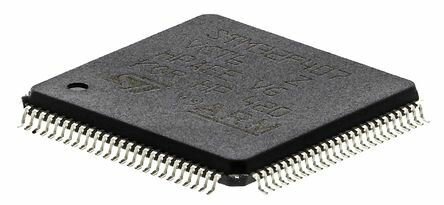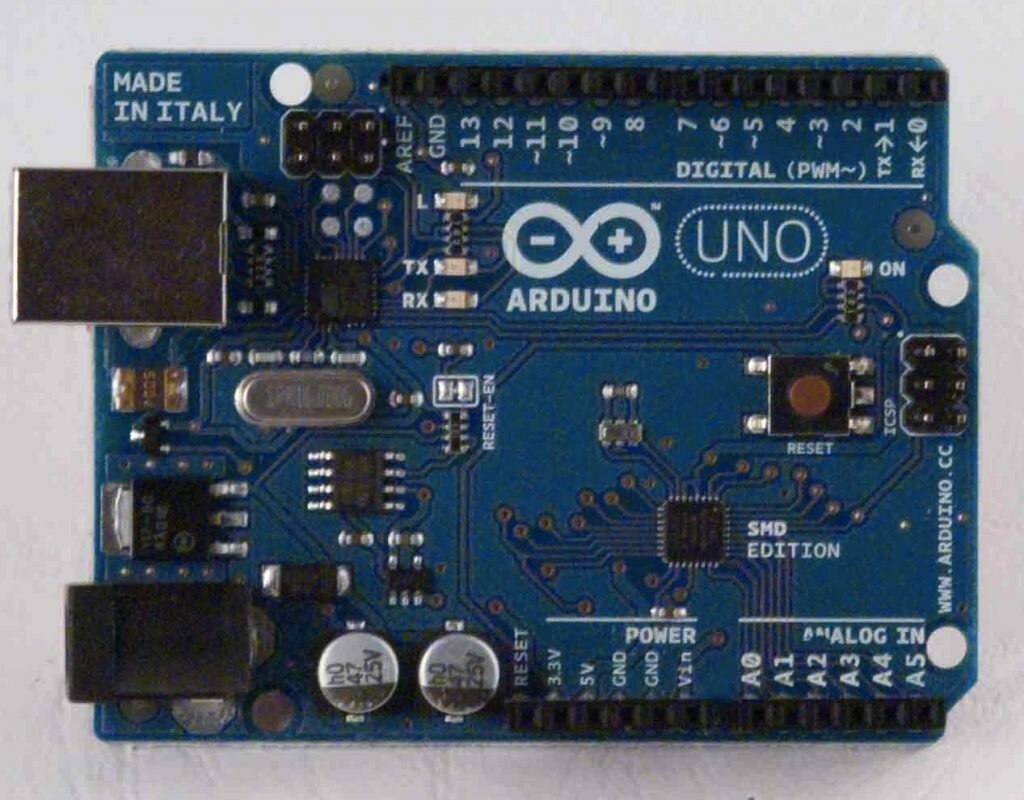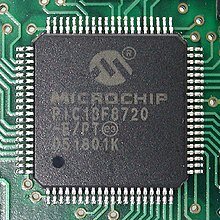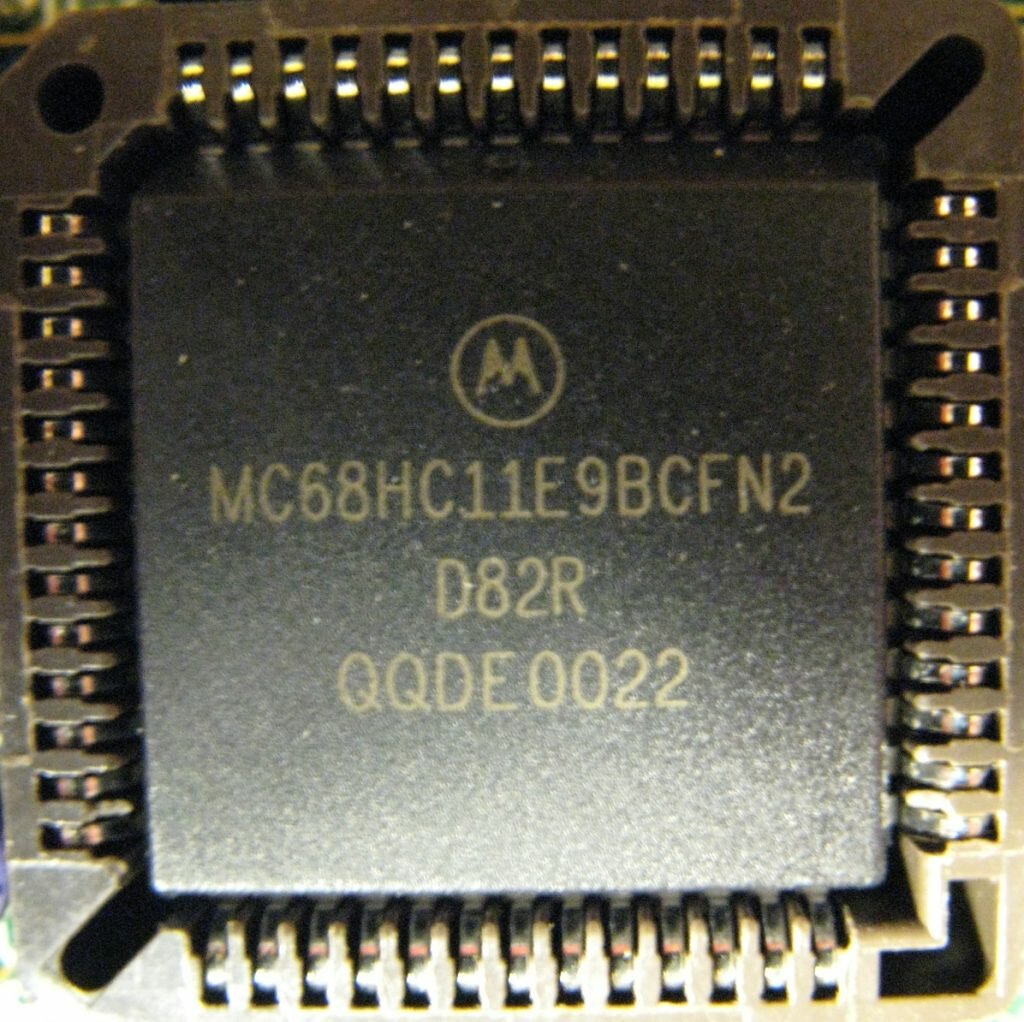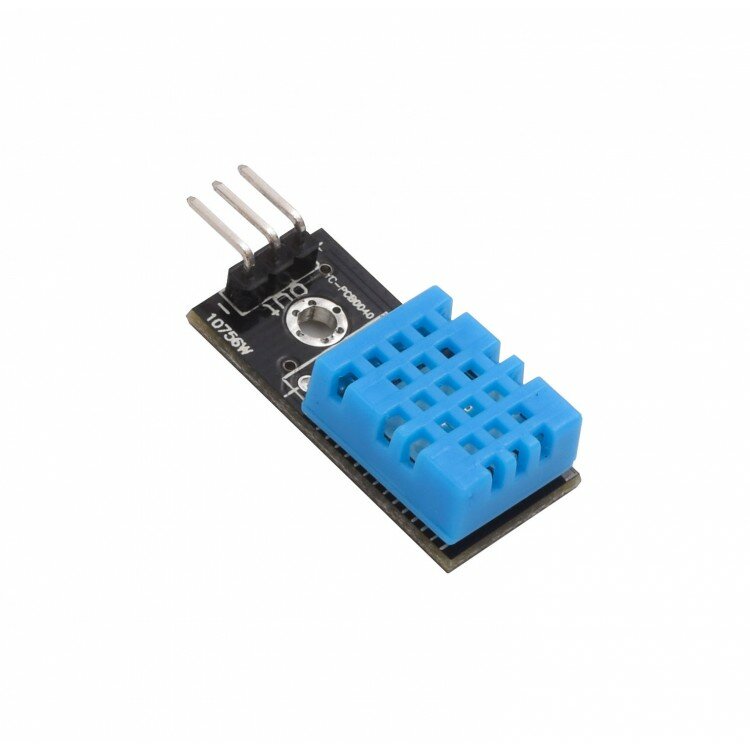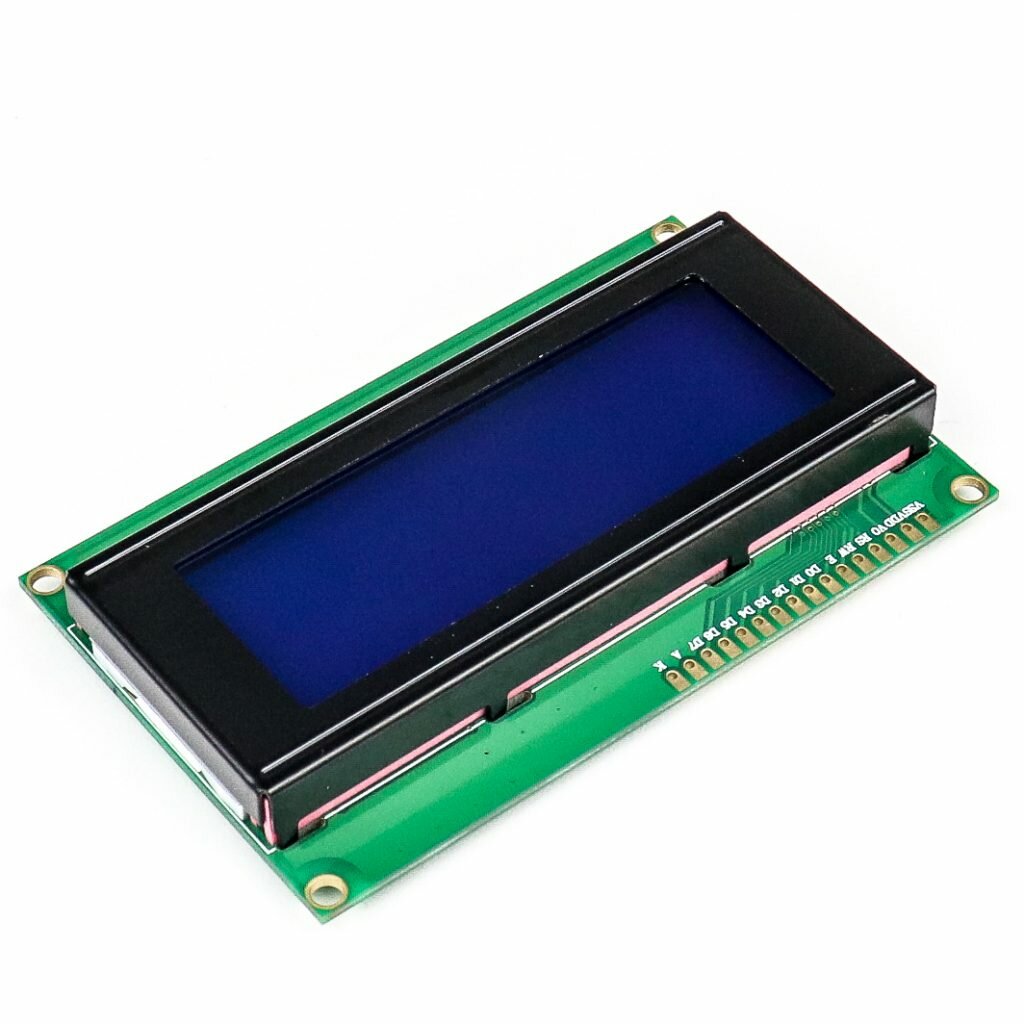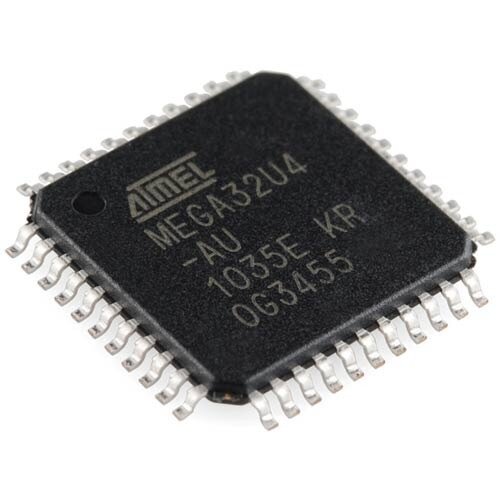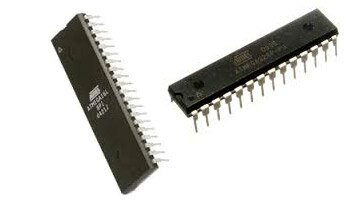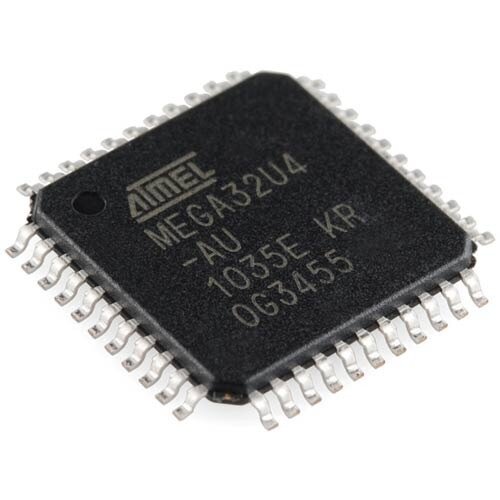
Well, You all must heard of the terms processor, microprocessor, microcontroller etc. Here in this article, we are going to learn about microcontrollers.
What Microcontroller is?
The microcontroller is an integrated circuit which have a microprocessor, a small amount of memory and I/O drivers. These all fabricated in a single chip. We can conclude that microcontroller can act as only one needed device to think and take action upon a task. It is basically brain of the specific machinery or system. We have microcontrollers all around us, from our Iron, Refrigerator to our two and four vehicles.
What a microcontroller can do?
Microcontrollers are basically computers. Microcontrollers are capable to take action according to the predefined input. These are basically the brain of the specified object, used in the place where the decisions have to be taken at a low level and medium level. They have a processor, a RAM, a ROM and Input Output controllers as well. Basically, we can use a microcontroller as a entire motherboard of a CPU.
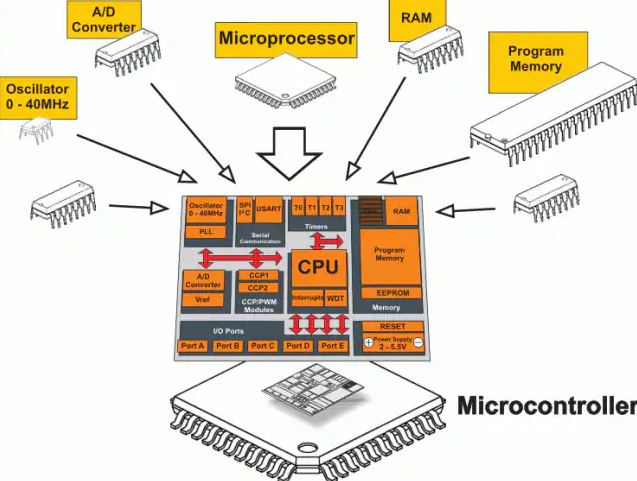
- You set a temperature on the iron. On achivement of desired temperature, It is the microcontroller which turns it off.
- You pressed a button on your TV Remote, There is a microprocessor inside. Which makes your remote to emit IR radiations in a specific manner. Learn how it works?
- Whenever the fuel level of your car is low, It a microprocessor which takes input from the sensor in fuel tank. It also gives the output as indication on your car dashboard.
How to use Microcontrollers?
Just like we train our brain to understand and act, just like that we have to train microcontrollers, with the help of their language, which was machine level language in past, and C, Python, Now-a-days. Different organizations and brands made it very easy for us to type a code in PC and upload it to a microcontroller, attached on a board, called Development Board. One of the best example we can take is Arduino.
-

Arduino Uno -

Arduino Mega
RAM and Storage in Microcontrollers
As discussed above, the RAM and storage is embedded inside the microcontroller. Almost every microcontroller have six transistor SRAM, whose size is some kilobytes, as it is required to operate upon a small amount of data, or usually, a single or multiple tasks. The size can be 8KB to 64KB.
Coming onto storage option, The microcontrollers are usually packed with an EEPROM (Electrically Erasable Programmable Read Only Memory) flash storage, which can be easily erasable and write-able with pulse voltage signals. It size may be 16KB-128KB.
Embedded Processor
The processor embedded inside a microcontroller can be a single or double processor core, specially designed to operate and process up on a single or multiple tasks, or receive only 1-7 interrupts. However, It is not suitable to place a Ryzen 3 in a microcontroller which have to process a little bit just like you should not place a jet engine in a motorcycle! The clock speed of the processor inside a microcontroller is low and we can attach a clock crystal for the same. In the case of Atmega 328P, We uses a 16MHz Crystal.
Different Brands
There are almost 150-200 brands which manufacture the microprocessor chips, who bought us around 2 Lakhs of different Microprocessors. The first brand to produce the microcontrollers is Texas Instruments Ltd., who bought TMS1802 in 1971.
Microchip and Atmel are leading in this. Motorola do manufacture microcontrollers to be used at high levels.
-

Microchip -

Atmel -

Motorola
The Microcontroller Working Process
A microcontroller is provided a program to define which components are present on which address, how to change output behavior on a desired input behavior, everything is set by programming the IC which a programming language, C or Python.
- Input – It microprocessor takes input from a component either on the event or clock cycle or as an interrupt from connected component. The component can be a sensor or a button.
- Conversion – If the inputs are in analog value, the inputs are first converted into digital value so that processor can operate up on the data.
- Process – The processor embedded takes the data and instruction from RAM to operate upon. The RAM contains the instructions and data fetched from the EEPROM.
- Output – According to the coding, The microcontroller shows the appropriate behavior on the pins defined.
-

A Camera (Input) -

DHT11 Temperature Sensor (Input) -

A LCD Display (Output)
Microprocessor or Processor vs Microcontroller
The simple answer is, the Microcontroller have a processor inside it along with some memory and I/O Controller whereas Processor doesn’t have any kind of RAM or I/O controller inside them.
The microprocessor can only process upon the data, cannot store the data and control I/O Devices whereas, Microcontroller can process upon the data, stores the data and control the I/O Devices itself.
The microcontroller have a microprocessor inside it but the microprocessor doesn’t have a microcontroller inside it.
Different foam factors and Designs
DIP and SMD
Microcontrollers do came in different designs according to where these are to be used and how these are attached. Two common designs are:
- DIP – Dual In-line Package
- SMD – Surface Mount Device
DIP are very easy to replace and embed inside the circuit whereas the size of DIP’s can be very large if there are so many pins to be attached. SMD are mounted on the surface and are hard to replace and embed. Pins in SMD are very close to each other and mainly used when a lots of pins are there in the package.
-

SMD Package -

DIP Package
Learn more about Microcontrollers on wikipedia, here.
CPU Cores and Threads – Techshala.in, here.
All about RAM – Techshala.in, here.


